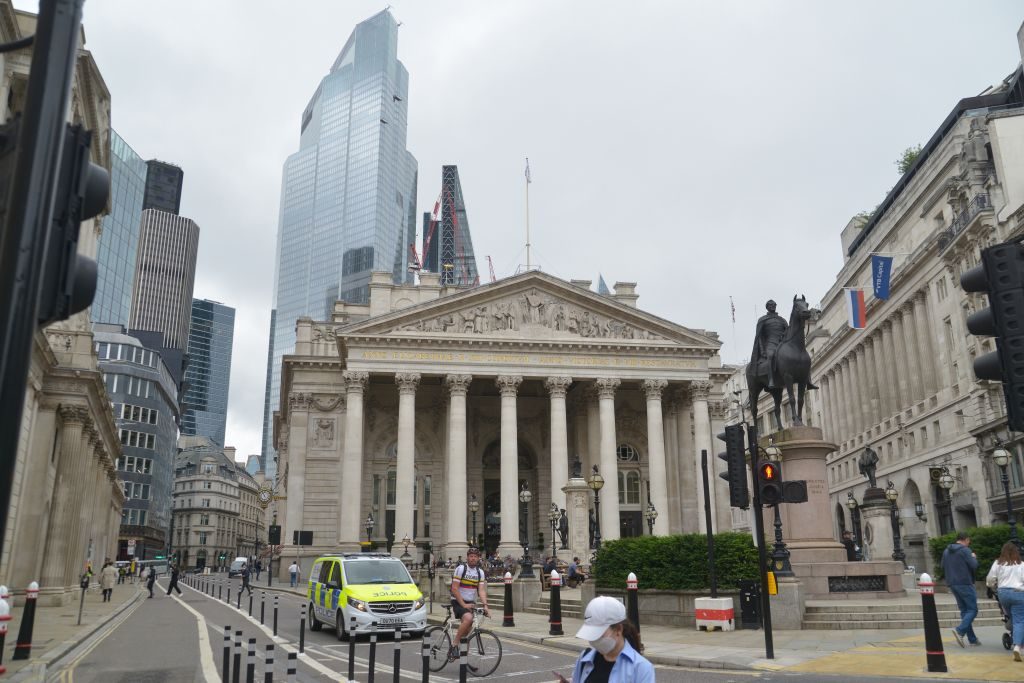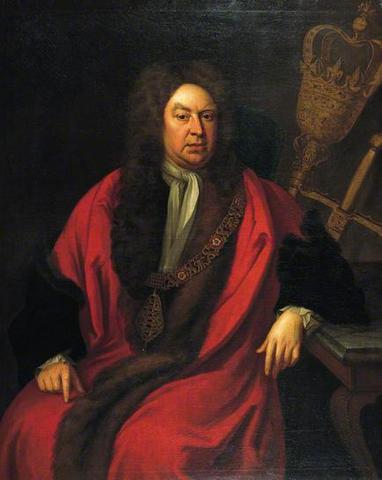Art World
The Bank of England Has Removed 10 Portraits Depicting Former Directors Connected to the Slave Trade
Eight oil paintings and two busts were taken down from view after a year-long internal review.

Eight oil paintings and two busts were taken down from view after a year-long internal review.

Taylor Dafoe

The Bank of England has removed from display a series of artworks depicting former leaders of the institution who had connections to the slave trade.
In total, eight oil paintings and two busts were taken down at the bank’s headquarters and adjacent museum in London. The move was the result of a year-long review commenced last summer, in the wake of the Black Lives Matter protests that erupted across Europe and North America.
The bank has also appointed a new researcher at the museum who will study its “historic links with the transatlantic slave trade in detail,” a spokesperson told Artnet News. “This work will inform future museum displays interpreting these connections.”

A portrait of Sir Gilbert Heathcote, formerly on view at the Bank of England’s headquarters in London.
When the bank announced its internal review in June 2020, it said that the 327-year-old institution has never been directly involved in the slave trade, but was nevertheless “aware of some inexcusable connections involving former governors and directors,” and apologized for them.
The artworks that were recently removed memorialized Gilbert Heathcote, the Bank of England’s founding director and governor, as well as former leaders James Bateman, Robert Bristow, Robert Clayton, William Dawsonne, William Manning, and John Pearse.
The bank declined to comment on the fate of these artworks or what, if anything, will go up in their place.
A database launched by University College London’s Legacies of British Slave Ownership project shows that 25 Bank of England governors and directors from the 18th and 19th centuries owned slaves or were otherwise connected to the industry.